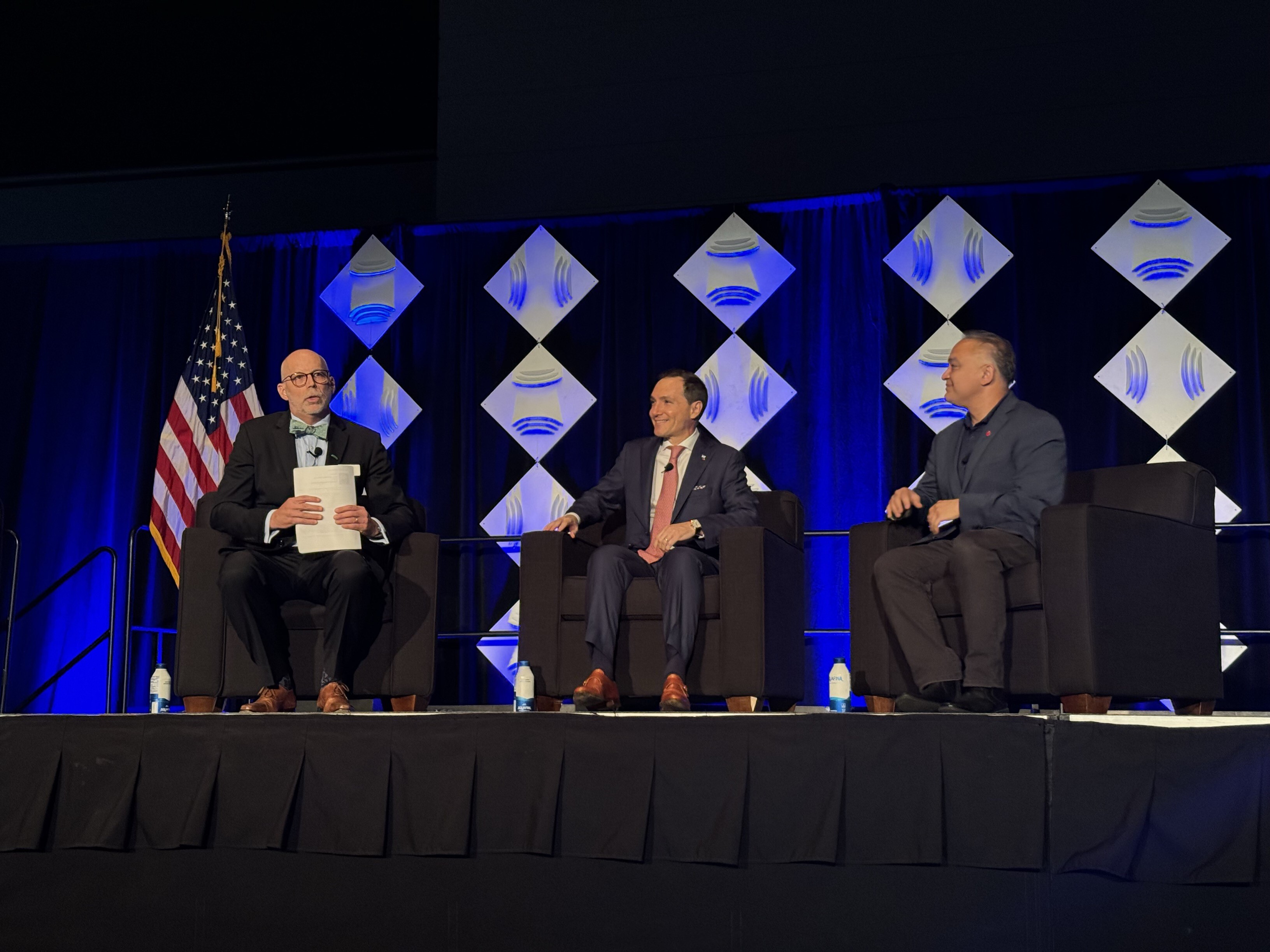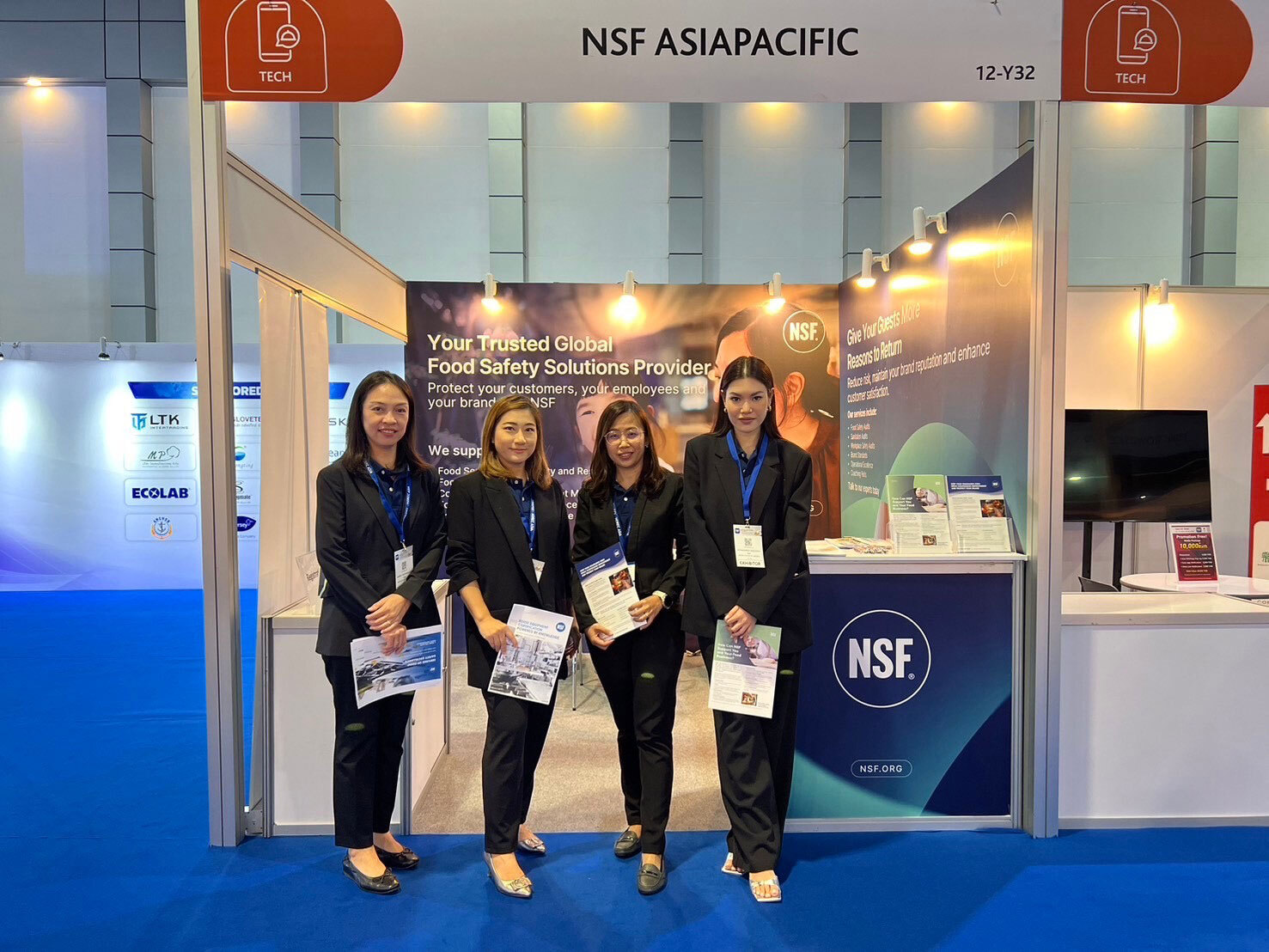Understanding BRCGS Blended Audit Process
August 18, 2020
Learn about the audit requirements, process and items that can be reviewed in the BRCGS Blended Audit.
Guidelines
- A blended audit can only take place once a risk assessment has been conducted and a mutual agreement has been signed.
- The one-day audit will be appropriate to the complexities of the site and sufficient to adequately cover the aspects to be audited.
- Remote activities can only account for up to 50% of the audit duration; a minimum of 50% of the audit still needs to be held on-site.
- The on-site audit needs to be conducted within 28 days of the remote activity barring extenuating circumstances.
- Non-conformances identified in the blended audit will be considered a non-conformance in the final report.
- It is NOT possible to complete a blended audit as part of the unannounced audit program.
Blended Audit Process
Step 1: Determining if the site is compatible with information and communication technology (ICT) methods
Step 2: Planning and scheduling the audit
Step 3: Using ICTs to collect audit evidence off-site
Step 4: Conducting the on-site audit
Step 5: Closing out the audit
Remote Activities
The structure of the remote audit will be similar to that used for on-site audits:
- Document and policy review (audit of records, systems, and documentation)
- Interview/discussion with personnel, (e.g. to discuss the document, policy or record being audited)
- Review of findings
On-site Activities
- Audit of production facilities/physical verification of Good Manufacturing Practices (GMPs)
- Implementation of food safety management systems (including HACCP activities)
- Interview/discussion with personnel
- Traceability challenge
How NSF Can Help You
Get in touch to find out how we can help you and your business thrive.

What’s New with NSF

NSF Shanghai Named Critical Site for NSF/ANSI 455 and NSF/ANSI 173 by ANSI National Accreditation Board
July 26, 2024NSF extends its scope of ISO/IEC 17065:2012 accreditation; NSF’s Shanghai office can certify to NSF/ANSI 455 and NSF/ANSI 173 in China and Asia Pacific via localized expertise.
Read the Story

NSF Takes Center Stage at NEHA Annual Education Conference
July 25, 2024NSF CEO Pedro Sancha joined a fireside chat titled “Lessons in Leadership” at the National Environmental Health Association (NEHA) Annual Education Conference before presenting the Walter F. Snyder Environmental Health Award to Timothy Hatch, MPA, REHS, the District Health Administrator for the State of Alabama Department of Public Health.
Read the Story

NSF Asia Pacific Showcases Hospitality Solutions at THAIFEX HOREC Asia 2024 in Bangkok, Thailand
July 4, 2024NSF Asia Pacific is thrilled to announce its successful participation in THAIFEX HOREC Asia 2024, a premier trade show for the food and hospitality industry, recently held in Bangkok, Thailand.
Read the Story

NSF Partners With BlueConduit To Accelerate Lead Service Line Replacement With Advanced Predictive Modeling
June 12, 2024Through this partnership, NSF now offers lead service line identification and replacement planning solution for US water utilities.
Read the Story